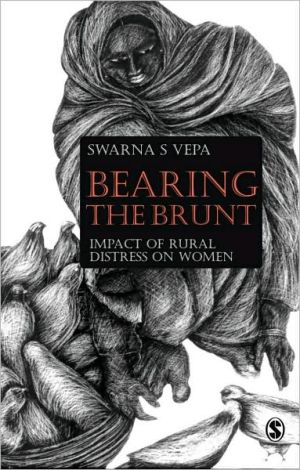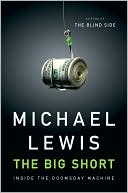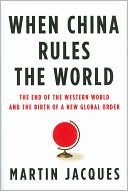Bearing the Brunt: Impact of Rural Distress on Women
This book refutes the rising general perception that the gender gap in India is decreasing. The argument is strengthened by calculating the gender gap index at two time periods and providing quantitative information along with information pertaining to numerous case studies. Selecting relevant welfare indicators and focusing on the neglected dimensions of gender equity, the book discusses the gendered impact of rural economic distress with respect to employment, agricultural production,...
Search in google:
Bearing the Brunt: Impact of Rural Distress on Women discusses the gendered impact of rural economic distress with respect to employment, agricultural production, natural resource management, and food security. Based on serious research on official statistics obtained mainly from the National Sample Survey rounds and the Census, it identifies and estimates where gender differences exist and draws the attention of the discourse on gender to gender inequities in the context of economic distress. The author presents a gender-equity index worked out on the basis of eight indicators: workforce participation ratio, incidence of employment, type of employment held, wage rates for casual employment, levels of literacy for adults and children, life expectancy at age one, infant mortality rates and juvenile sex ratios. These indicators are also clubbed into sub indices to locate gender gap in the specific sectors. The author also computes the gender gap index for the country in a detailed and comprehensive manner. The book disproves the general perception that the gender gap is narrowing by choosing relevant indicators of welfare and focuses attention on a neglected dimension of gender equity.
Foreword - M S SwaminathanIntroductionPART ONE: SPREADING RURAL DISTRESS AT THE TURN OF THE CENTURY: Marginalization of Rural WorkforceShrinking Land BaseRising IndebtednessDeclining Profitability of FarmingFewer Livestock Assets with the PoorPART TWO: WOMEN IN AGRICULTURAL PRODUCTION: Feminization of AgricultureWomen's Access to TechnologyWomen's Access to Land and Water ResourcesPART THREE: WOMEN IN NATURAL RESOURCE CONSERVATION AND MANAGEMENT: Women's Involvement in Natural ResourcesTypes of Natural Resource Conservation EffortsWomen in Natural Resource Management ProgrammesBenefits from Women's Participation in Natural Resource ManagementPART FOUR: WOMEN'S ACCESS TO LIVELIHOODS: Labour Force Participation and Work Participation of WomenType of Employment Available to WomenWomen's Paid Work and Un-paid WorkUnemployment and Wage DifferentialsWomen's Access to Literacy and EducationMicro Credit and the Self-help GroupsPART FIVE: WOMEN'S SURVIVAL, NUTRITION AND HEALTH CARE: Survival ChancesFood Intake and Nutritional StatusHealth CarePART FIVE: GENDER GAP INDEX: About Gender EquityWidening Gender GapReasons for the Widening Gender GapPolicy Implications
\ Shannon Mac FarlaneBearing the Brunt is well organized and provides\ numerous insights into a difficult, multi-dimensional social\ phenomenon. It is also interesting and timely, especially\ considering the global nature of the evolving market\ economy. Scholars interested in economics, healthcare,\ education, and gender studies in an international context\ will find a lot to like. Considering that the content of this\ book is specifically centered on gender relations in terms\ of economics in rural India, this book would be most\ useful in academic spheres for exploring economics or\ gender in either India or a comparable region. It is also\ important to note the significant implications of the\ policy suggestions regarding topics like wage equality,\ access to adequate nutritional resources, and healthcare\ that Vepa includes throughout the book. These suggestions\ would add rich insight to a wide range of\ international social policy.\ \ \ \ \ \ From the PublisherBearing the Brunt is well organized and provides\ numerous insights into a difficult, multi-dimensional social\ phenomenon. It is also interesting and timely, especially\ considering the global nature of the evolving market\ economy. Scholars interested in economics, healthcare,\ education, and gender studies in an international context\ will find a lot to like. Considering that the content of this\ book is specifically centered on gender relations in terms\ of economics in rural India, this book would be most\ useful in academic spheres for exploring economics or\ gender in either India or a comparable region. It is also\ important to note the significant implications of the\ policy suggestions regarding topics like wage equality,\ access to adequate nutritional resources, and healthcare\ that Vepa includes throughout the book. These suggestions\ would add rich insight to a wide range of\ international social policy.\ \ \








